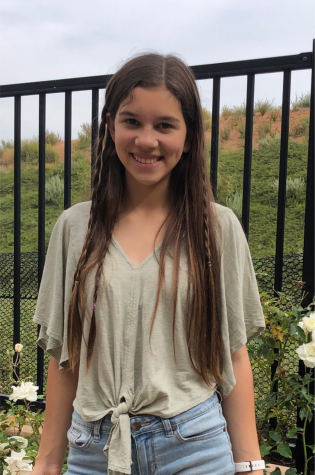Bored? Try Watercoloring
How to start watercoloring
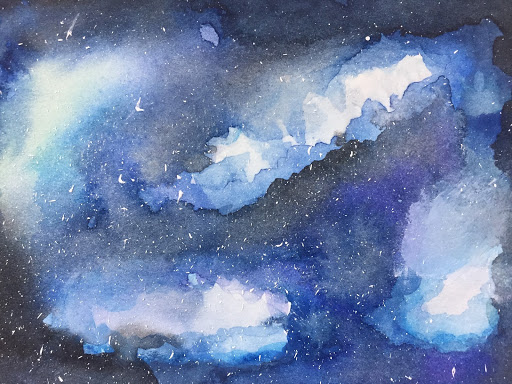
October 29, 2020
With ever-present quarantine, we find ourselves home with nothing to do more often than we’d like. Trying a new hobby is a great way to fill those empty hours. You can make bookmarks or stickers out of your watercolor paintings, glue them to a notebook, or decorate your bedroom. They also make great gifts! (and Christmas is just around the corner!)
First, you’ll need some tools of the trade. These are the basic supplies you’ll need to start your watercoloring journey:
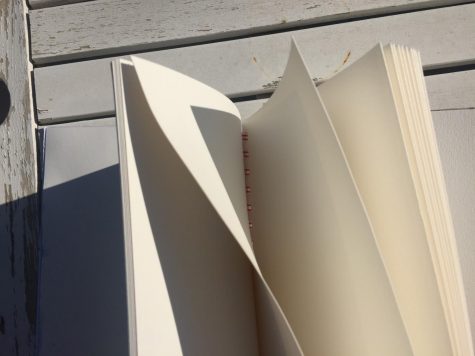 Paper
Paper
To start, you’ll need some watercolor paper. This is thicker than regular paper and holds water much better. I prefer paper that is at least 200 gsm (grams per square meter).
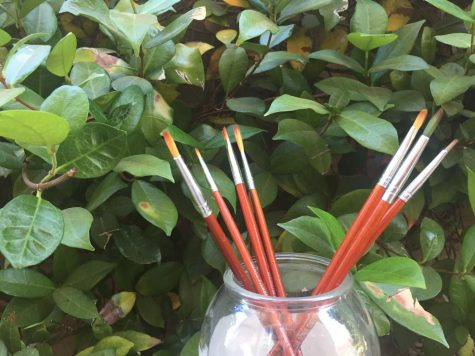 A brush
A brush
Next, a brush. You can use any brush you have on hand. You may want more than one, as they come in all shapes and sizes. Once you get familiar with watercoloring, you will start to see which supplies work best for you, but for now, it’s fine to start pretty broadly.
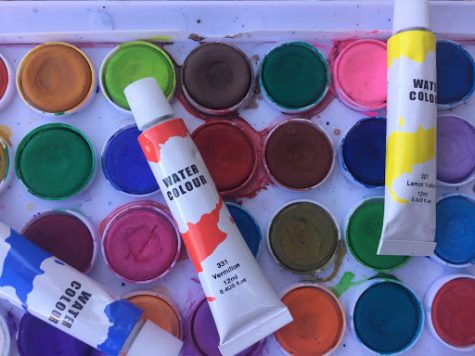 Paint
Paint
Watercolor paint comes in two forms: tubes and pans. Pans are a solid form of paint, and tubes are liquid. You may find that you have a preference later on, but both work great. You only need the three primary colors – red, yellow, and blue, which you can mix other colors from, or you can buy a pan of a bunch of colors if you prefer.
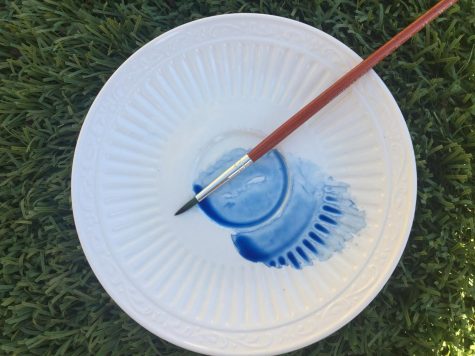 Paint palette
Paint palette
This is to mix your paints on. You can use whatever you have on hand. I use a small glass dish for my mixing.
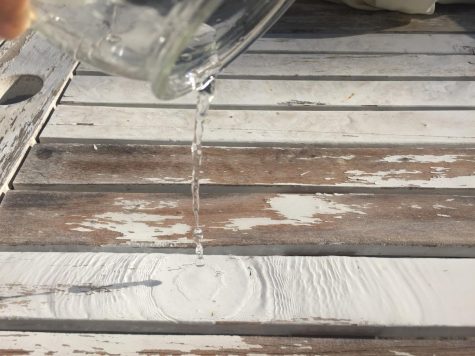 Water
Water
Water is the base of this whole art form. The amount of water you add to the paint will change the saturation of the color: more water will make it lighter, less water will make it darker, but there is not an exact formula.
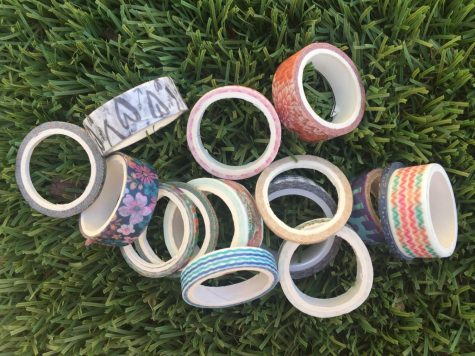 Tape (optional)
Tape (optional)
While it is not necessary, using tape on your paintings can be beneficial to control where your paint goes on the paper, and create a border around your painting. Painters’ tape and washi tape are some great options, but you’ll want to avoid anything overly sticky, such as duct tape or clear tape because it will rip your paper when taken off.
Painting
Now that you have what you need, test out your watercolors to get a feel for them. Two watercoloring techniques to try out are the wet-on-wet and the wet-on-dry technique. To try the wet-on-wet technique, use a brush to wet the paper with water, then go over the water with paint. This will make the paint spread out. For the wet-on-dry method, paint directly onto the paper. This won’t make the paint spread out as much.
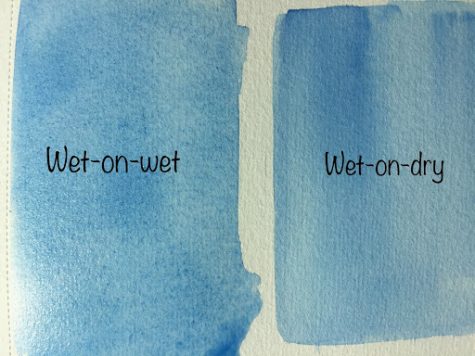
Where to go from here
Youtube and Pinterest have some great tutorials for beginners. A great Youtube channel for beginners is Makoccino, which has a plethora of fun paintings to try. When painting, don’t be discouraged if it doesn’t come out the way you hoped. You can always try again later! I wish you the best of luck as you venture into the world of watercoloring!


